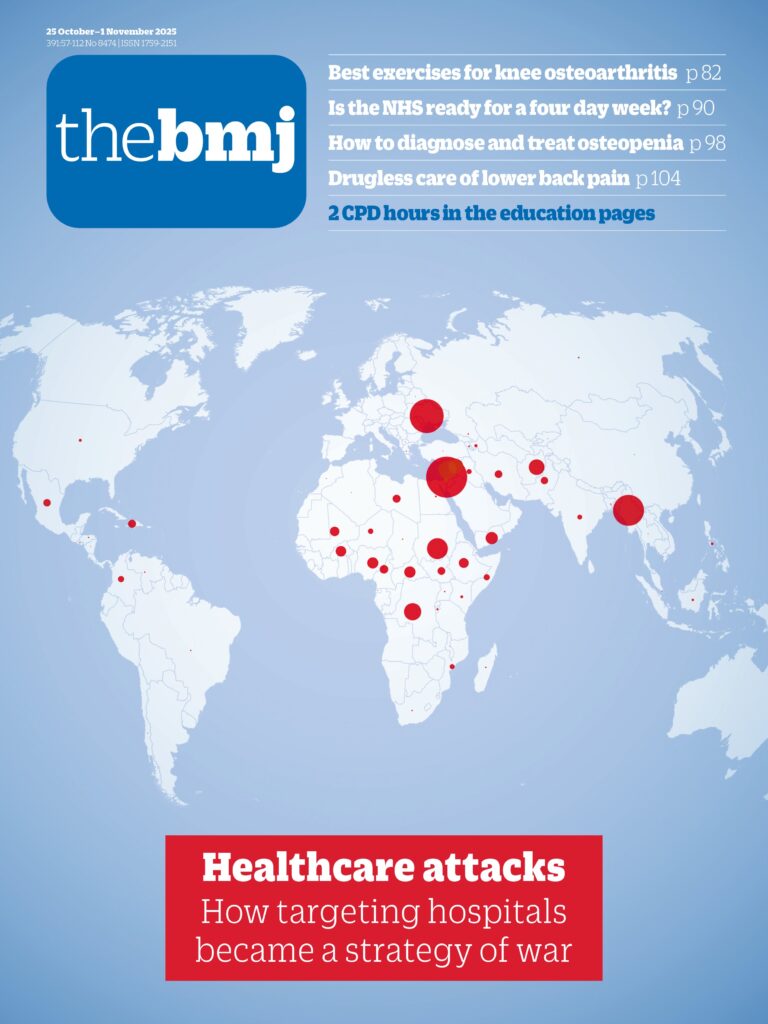The government’s slow drip approach does not reflect the urgent nature of the challenges facing adult social care, writes Mary Daly
The recent announcement by Wes Streeting, the Secretary of State for Health and Social Care, of a £500 million investment in a fair pay agreement for care workers is a landmark policy move. It is positive to see policy activity in adult social care, but fundamental structural problems remain.
The announcement is a step forward in several ways.1 First, it signals recognition of the particular situation of care workers who are among the lowest paid of all workers, with nearly 1 in 5 experiencing poverty while in work, and who are predominantly female.2 Second, establishing a mechanism or procedure for agreeing a fair pay deal heralds an important institutional innovation. The new body, the Adult Social Care Negotiating Body, will be the first of its kind in the sector in England. When functional in 2026, it will introduce collective bargaining power into the sector. It will be a direct intervention into workers’ wages and, if it functions as it should, will provide workers with bargaining levers and greater collective voice to challenge and improve their conditions of work.
Much is claimed for the planned investment, but whether it will be an opportunity “to right the historic wrongs in the adult care sector,” as stated in the ministerial foreword in the consultation document,3 is open to question. The deep-seated structural problems in social care have to be brought into focus: high staff turnover and stubbornly high vacancy rates, an industry relying on migrant workers to fill shortages and gaps, and a sector in which pay increases have a direct link to the public purse (as it is mainly funded by local authorities and the NHS).4
Recognition is good, but resourcing is also crucial. The Health Foundation has made the point that, shared evenly among the over 1.5 million workers in the sector, the £500 million the government is investing could amount to roughly 20p extra per hour each.5 This suggests the amount of money is unlikely to be enough to attract the desired number of staff into the sector and improve the relative disadvantages of care workers. It is estimated that £2.3 billion would be required in 2028-29 to increase care workers’ pay to the level of clinical support workers and administrative workers in the NHS.5 Other forces are also likely to lead to higher wages and costs to the sector: the planned increases to the national minimum wage rates and employer national insurance contribution will face providers with an estimated £2.8 billion in increased costs in 2025-26.6 If government funding is insufficient, the costs of a fair pay agreement and other government policies will be borne elsewhere in the system—by rising prices or cutbacks in service quality, for example.
Furthermore, the announcement of the £500 million is the start of a process. Care workers will not see any of this money in their pockets until at least 2028, and for now what we get is the opening of a public consultation to gather views on the design of the fair pay negotiation process.7 The consultation has a wide purview: the operation and functioning of a secretariat for the negotiating body, who should have representation on the body, how the body should proceed and reach decisions, and what its priorities should be. Consultations have merit, but a public consultation seems an odd mechanism to decide on an institutional and legal arrangement.
Any assessment of the announced measures must be considered alongside other government measures. Among the most impactful of these is the ending of care workers’ eligibility for the Health and Care Visa in July of this year (with some small transitional concessions until July 2028). On its own terms this policy was successful: the independent sector providers recruited 105 000 people from overseas into direct care roles in 2023-24, up from 80 000 in 2022-23 and just 20 000 in 2021-22, at a time when the numbers of British staff in the sector have fallen.8 The government justified ending this visa eligibility by pointing to worries about the long term sustainability of the sector, especially given global competition for migrant care workers and concerns about their exploitation. However, it seems short sighted given that the sector is projected to need an additional 540 000 care workers from 2023 to 2040 to be able to cope with rising demand.9
Every step matters in improving social care, but there is a sense of a slow drip approach being taken to what is among the most urgent problems facing the country. We need much faster action and greater investment in the short term. A strategic response would see action on more than one front: better conditions for paid care workers but also for unpaid carers who are the backbone of the care system; additional funding for pay but also action to recognise the likelihood of costs falling on a struggling commissioning and provider sector; a fair pay body but also a broader workforce strategy that will tackle vacancies, recruitment, training, and the underlying gender-based inequality that defines the entire social care system.

